Discover effective strategies to correct lateral pelvic tilt and improve hip mobility. Learn targeted exercises for a balanced posture and enhanced movement
Read More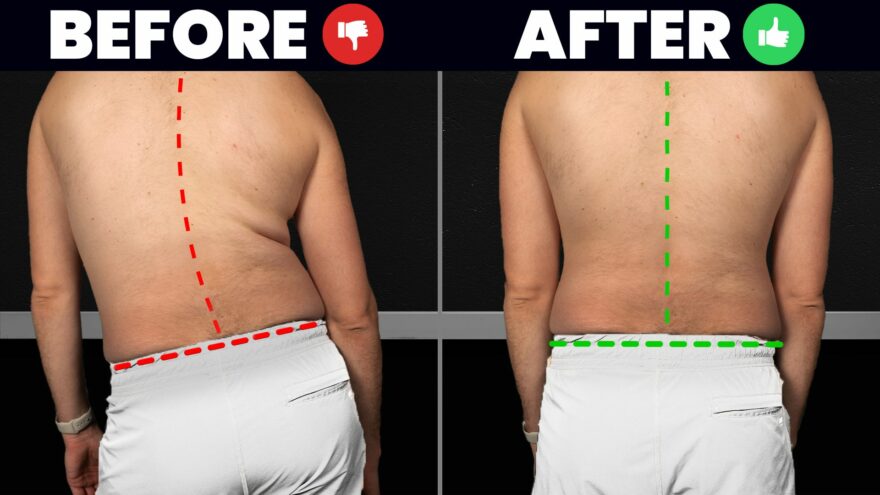
Health and Performance Made Ridiculously Simple

Discover effective strategies to correct lateral pelvic tilt and improve hip mobility. Learn targeted exercises for a balanced posture and enhanced movement
Read More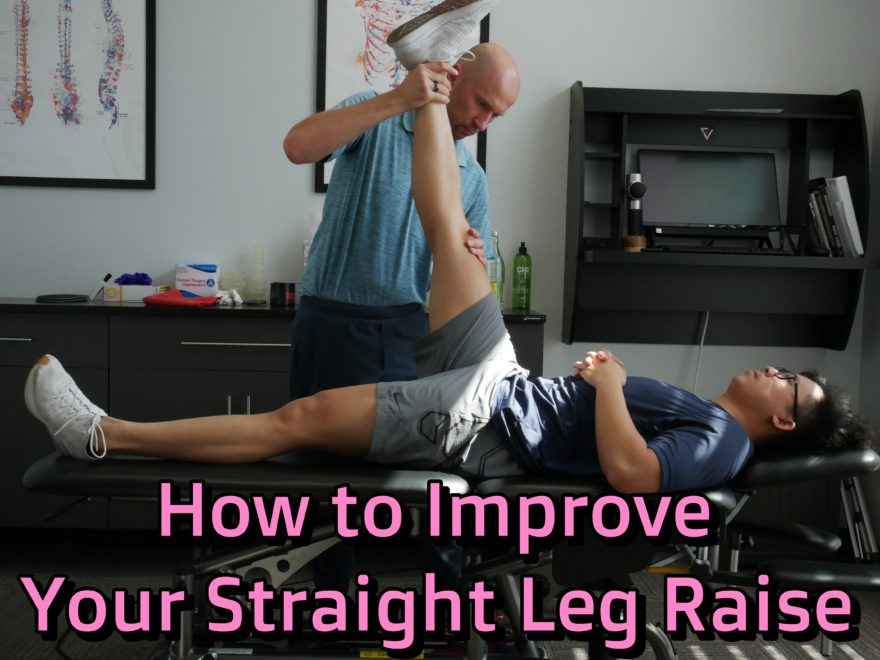
If you can’t touch your toes, you NEED to check this out The straight leg raise = a big deal for any hinge-type movement, yet it can also be one of the hardest measures to improve. Or is it? Understanding the order of attack when you see a limited straight leg raise can make this often difficult to change test WAY more simple. Don’t worry, Movement Debrief 161 has you covered.
Read More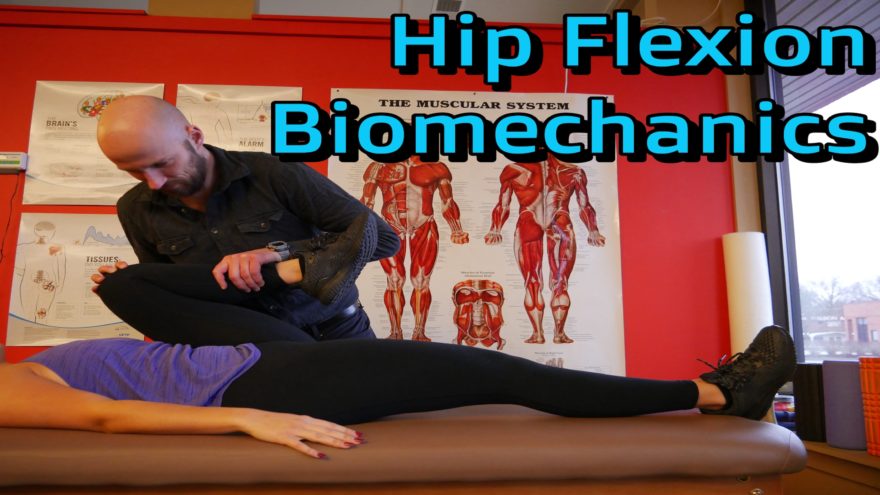
Why hip flexion is SO much more than a sagittal plane movement You may think hip flexion is as easy as bringing your knee to your chest, but there is SO much more going on. In fact, the act of hip flexion has various rotational elements about it, and better understanding these elements can greatly enhance our exercise selection, helping our clients move and perform better.garageband Don’t worry fam, we get into the weeds and come out with an easy understanding of hip flexion in Movement Debrief Episode 160!
Read More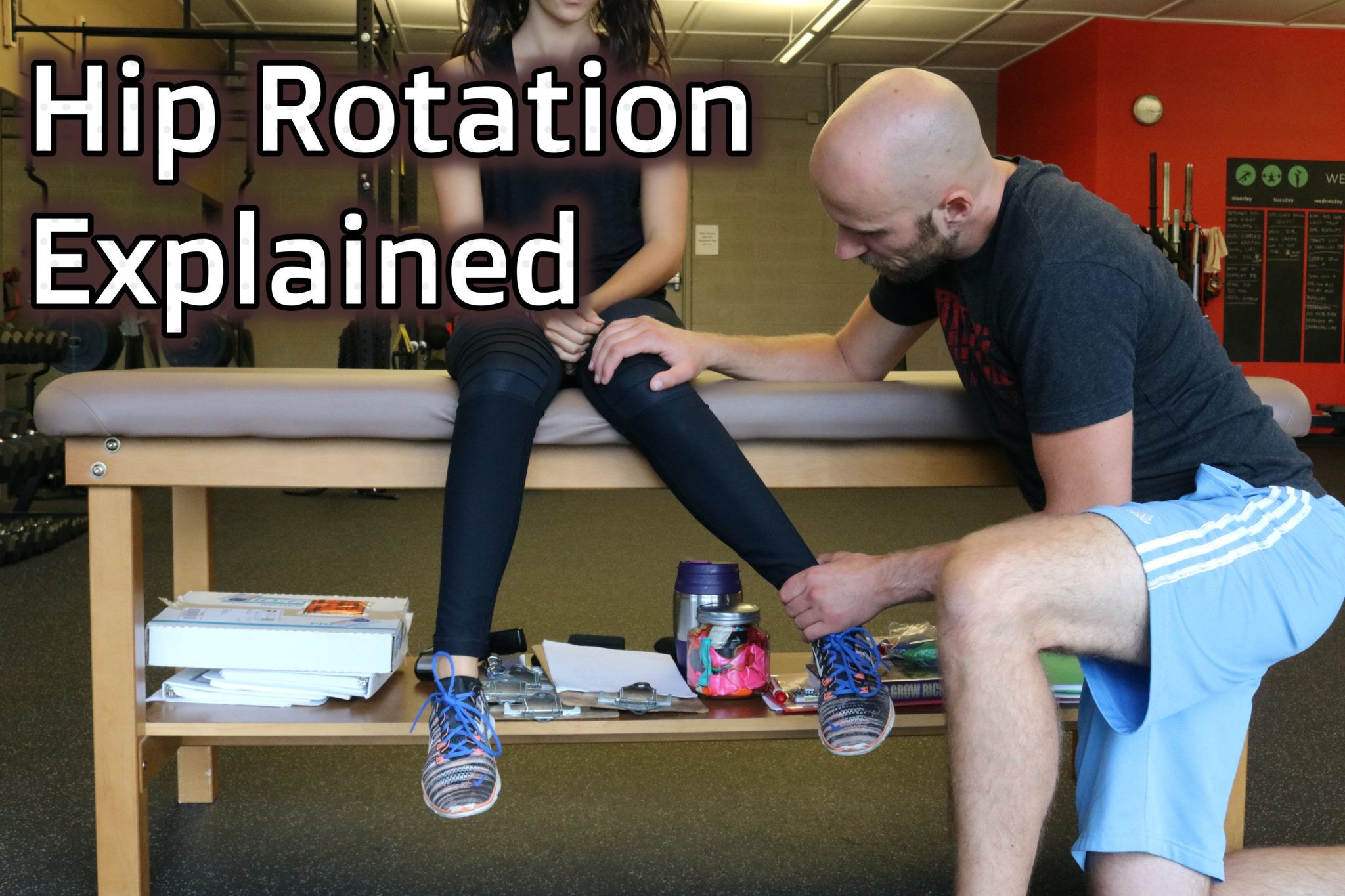
Movement Debrief Episode 111 is in the books. Below is a copy of the video for your viewing pleasure, and audio if you can’t stand looking at me. Here is the setlist: What is the relationship of the infrasternal angle (ISA) to the compressive and expansive strategies at the pelvis? What would hip rotation limitations look like in these compensatory strategies? What does limited hip internal and external rotation signify? What interventions would need to be done to improve hip rotation? Do I have any favorite moves? Why would unilateral Sacroiliac (SI) joint pain occur? How does sacral rotation occur? What types of activities could improve sacral rotation capabilities? How can tensor fascia lata (TFL) cramping be reduced during the hip shift?
Read More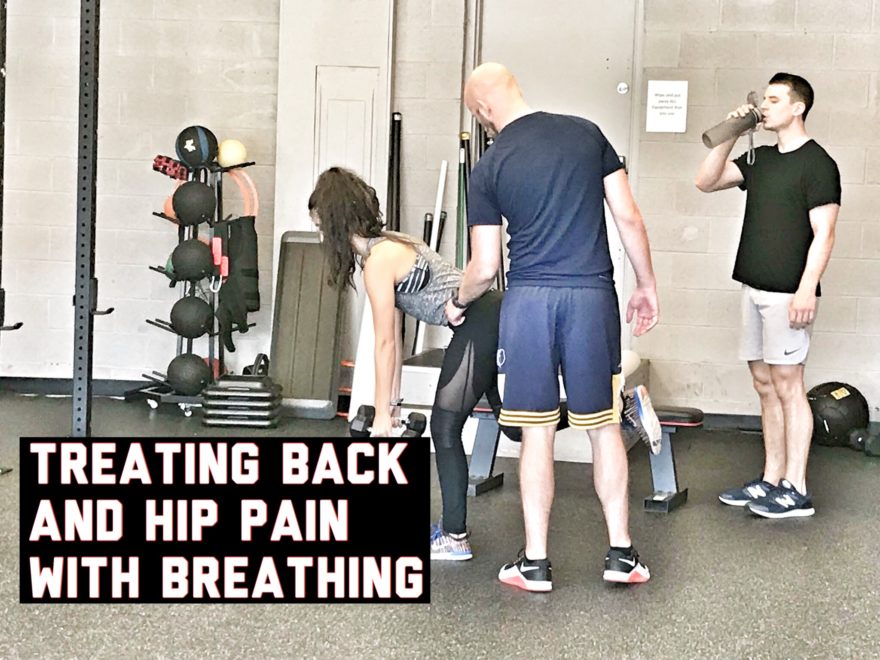
Ever have someone who hurts multiple areas, and you are unsure where to start? What if I told you that if you have a systematic approach, these people can be helped in a much easier manner than you’d think. But what if your assessment isn’t where you want it to be? Sounds like a problem, fam. Until now. Today you’ll see me assess a woman with back and hip pain, and I go through my entire assessment, outline my thought process throughout, and show how I coach this woman out of compensatory activities within her exercises. All of these are skills that I will be teaching the fam who are attending Human Matrix: The Code for Maximal Health and Performance. If you want to attend, there are still some sign-ups available for my courses this year: Seattle, WA – September 15-16 Kansas City, MO – October 27-28 Portland, OR – November 10-11 Some of the cool things you will learn in this case study include Why hip rotation is not an immediate decision-maker for exercises How to assess joint laxity so clients don’t fool your assessment Why is the infrasternal angle important for treatment selection How to cue clients out of compensation to enhance exercise effectiveness Why we should we see immediate changes after exercise selection My favorite manual technique for improving narrow infrasternal angles, which can enhance your client’s overall mobility How does the infrasternal angle relate to the infrapubic angle and more Enjoy the video and selected notes
Read More